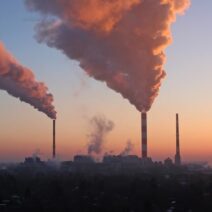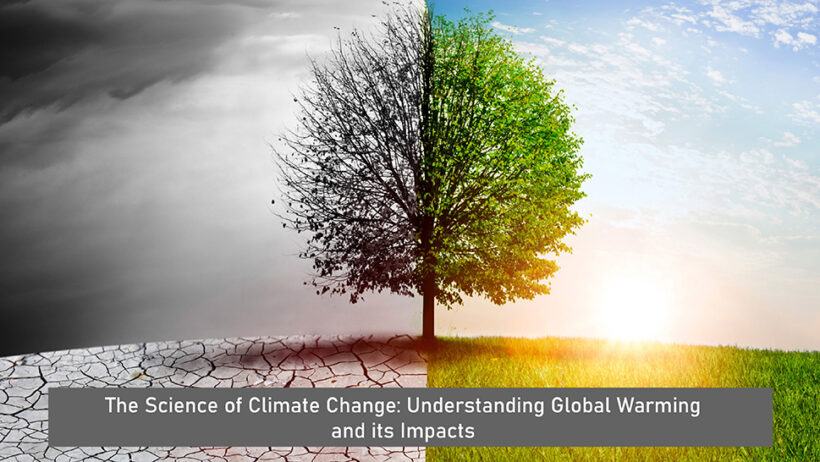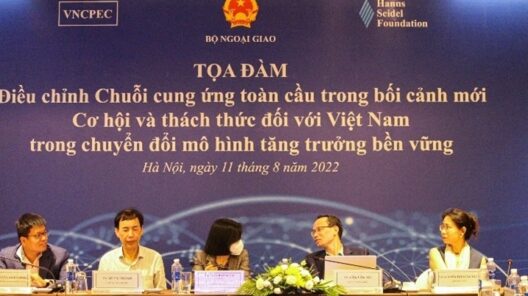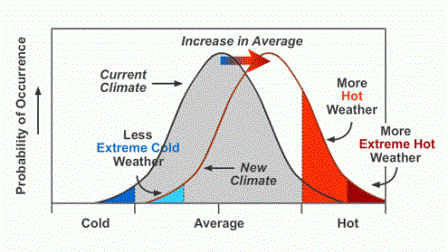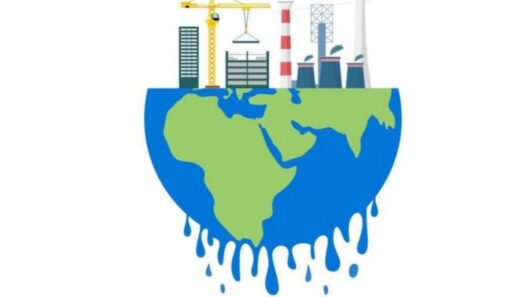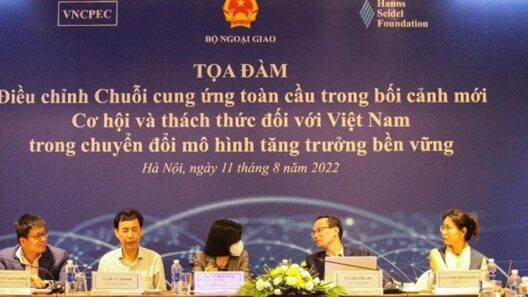Indonesia, an archipelago of over 17,000 islands, is often celebrated for its breathtaking biodiversity and rich cultural heritage. However, beneath the lush landscapes and vibrant ecosystems lies a pressing issue that affects not only Indonesia but the entire planet: climate change. As global warming continues to escalate, the impacts on Indonesia—ranging from rising sea levels to increased frequency of extreme weather events—pose significant challenges. But how has global warming transformed the intricate tapestry of Indonesia’s environment, economy, and society?
To fully grasp the gravity of climate change within Indonesia, it is paramount to delve into the historical context. In the late 20th century, rapid industrialization prompted a surge in greenhouse gas emissions, primarily from deforestation and agricultural expansion. Indonesia ranks among the highest contributors to carbon emissions derived from land-use changes. The conversion of forests into farmland not only decimated invaluable carbon sinks but also disrupted critical habitats for countless species. The juxtaposition of development goals against environmental degradation presents an impending dilemma.
As a country richly endowed with rainforest resources, Indonesia’s forest ecosystems are particularly vulnerable. The humid tropical rainforests serve as carbon reservoirs, storing vast amounts of carbon dioxide. Deforestation, driven by palm oil plantations, logging, and infrastructure development, has resulted in a loss of approximately 1.4 million hectares of forest annually. This alarming statistic raises a perplexing question: What will happen to Indonesia’s unique fauna and flora if deforestation continues unabated?
One cannot overlook the exacerbation of climate change effects that Indonesia currently faces. Coastal communities are experiencing the brunt of rising sea levels, a direct consequence of glacial melt and thermal expansion. Major cities such as Jakarta grapple with chronic flooding, which has spawned an urban crisis, while eclipsing the basic needs of communities. In fact, Jakarta is sinking at an astonishing rate of 25 centimeters per year. This conundrum translates into a question of resilience: How will Indonesian communities adapt to protect their livelihoods and cultural identities amidst such dangers?
The climate journey of Indonesia is intertwined with its socio-economic landscape. The agrarian sector, a backbone of the nation’s economy, is increasingly imperiled by unpredictable weather patterns and prolonged droughts. Smallholder farmers, who rely heavily on rain-fed irrigation, face existential threats as crop yields decline. The consequences extend beyond mere economic loss; food security is jeopardized, leading to rising prices and malnutrition. Therefore, therein lies a crucial challenge: How can Indonesia forge a path towards sustainable agriculture while mitigating climate change impacts?
In response to these escalating challenges, Indonesia has proactively engaged in international climate agreements, intending to reduce emissions and enhance adaptive capacity. The country’s commitment to the Paris Agreement is commendable. However, translating these commitments into actionable policies poses significant obstacles. The intricate web of governance, coupled with conflicting interests in development, often impedes effective climate action. For example, the lucrative palm oil industry offers economic benefits but simultaneously perpetuates high carbon emissions. Hence, a pressing inquiry emerges: Can Indonesia balance economic growth with ecological integrity?
Moreover, the role of local communities cannot be overstated. Indigenous peoples, whose ancestral knowledge encapsulates sustainable practices, are pivotal in conservation efforts. Engaging these communities in climate action fosters a sense of stewardship and ensures that sustainable solutions are both culturally appropriate and ecologically sound. Thus, the question arises—how can we harness traditional wisdom to combat climate change in modern contexts?
Technological innovations also present promising avenues for mitigating climate change in Indonesia. Renewable energy, particularly solar and geothermal power, holds immense potential to diminish dependency on fossil fuels. The government has set ambitious targets for increasing the share of renewables in the energy mix. However, building a sustainable energy infrastructure necessitates substantial investment and institutional support. The challenge, therefore, remains: What innovative policies can drive the transition towards a clean energy future?
The impacts of climate change in Indonesia serve as a microcosm of broader global challenges. This multifaceted issue transcends borders and demands collective action. While Indonesia’s unique position offers both difficulties and opportunities, it highlights the urgent need for collaborative efforts among nations to address global warming comprehensively.
In conclusion, Indonesia’s climate journey encapsulates the intricate dance between environmental stewardship and socio-economic development. Through understanding the complexities of global warming’s impacts, we uncover an interconnected challenge that requires a systematic, inclusive approach. The ultimate pursuit should not only be mitigating the adverse effects of climate change but fostering resilience, sustainability, and a harmonious coexistence between human activities and the natural world. As we ponder the question of balancing these dual objectives, it becomes evident that the future of Indonesia—and indeed our planet—hinges on our collective ability to innovate, adapt, and embrace stewardship. Will we rise to the occasion or remain captive to the consequences of our inaction?


